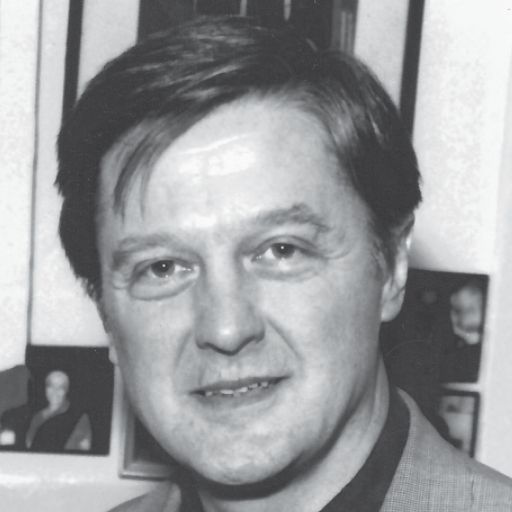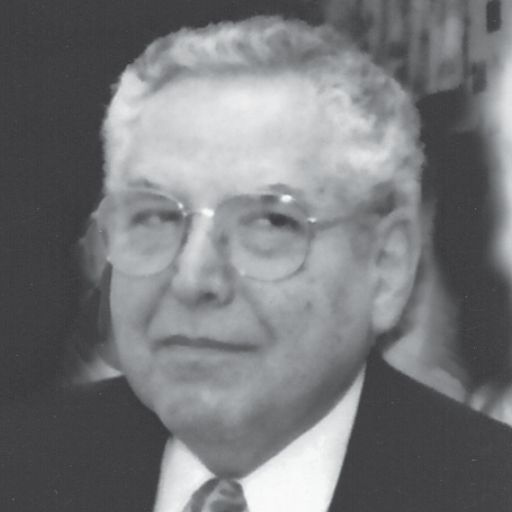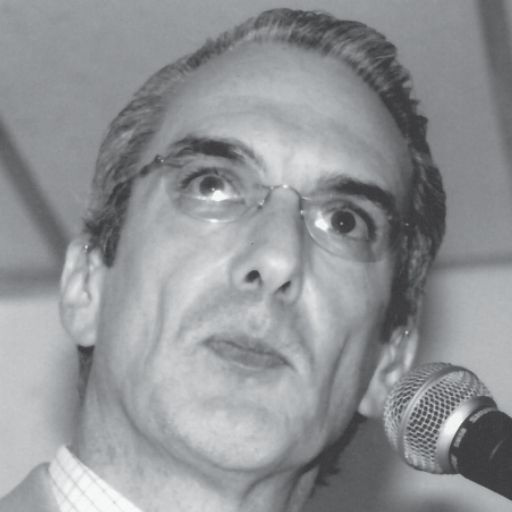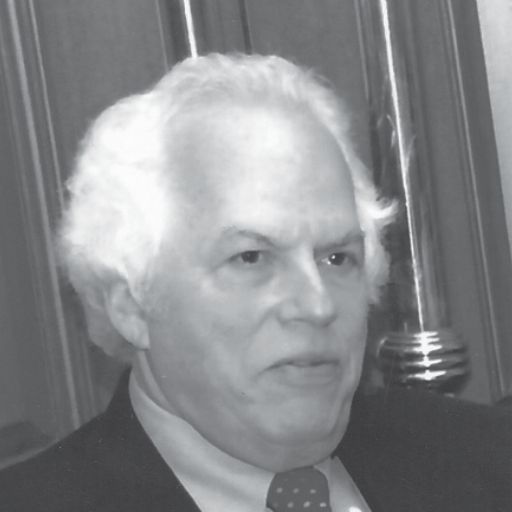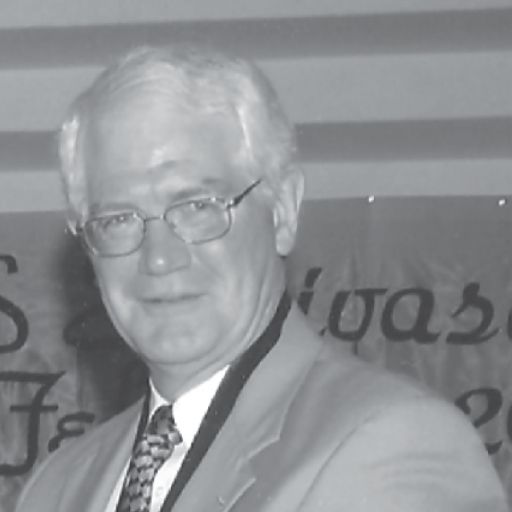2006

Year 26

Prof. John R. Hodges
Professor of Behavioural Neurology
University of Cambridge, United Kingdom
THEME: REMEMBERING AND FORGETTING: LESSONS FROM BEHAVIOURAL NEUROLOGY
Human memory is not a single entity, as surmised earlier, but is made up of interactive subsystems, distributed over
separate locations in the brain. It is important for us to lay down episodic memories, to build up a coherent
autobiography, so critical for awareness of self. The hippocampus in our brain receives, in particular, the sensory
inputs- visual, tactile, olfactory and gustatory, which it links together, to lay down episodic memory. The often
repeated story in the neuroscience community is that of HM, who lost his episodic memory for events that occurred,
following bilateral surgical removal of the hippocampi (sparing the rest of the temporal lobes) as surgical
management of intractable epilepsy. Unlike HM who suffered from the inability to lay down new memories, although
memory prior to the surgery was preserved, another patient Clive, who had extensive bilateral temporal lobe damage
following herpes simplex encephalitis, was robbed of memory for his early life and for laying down new memory.
Other forms of memory include semantic memory, memory for people, face recognition and general knowledge, each
of which occupies different brain areas. Alzheimer’s disease robs people of their memories, as poignantly brought out
in John Bayley's book ' Elegy for Iris', chronicling the decline of his wife and author Iris Murdoch.

